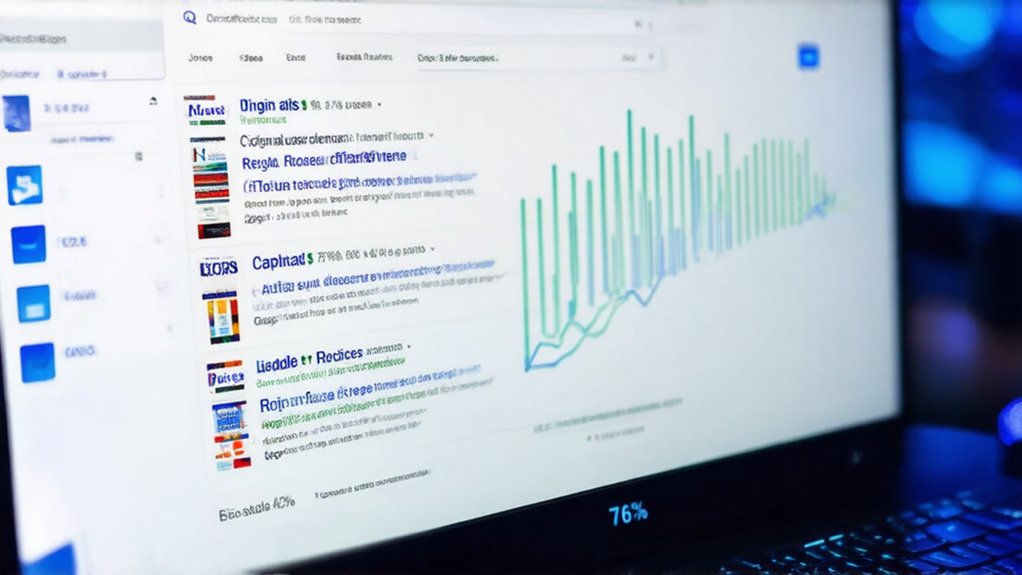Landing pages aim to convert visitors, but let’s get real—the average rate hovers at a paltry 9.7% to 9.8%. That’s a kick in the teeth for marketers, right? Typical bounce rates, meanwhile, sit between 60% and 90%, meaning most folks just hit the back button.
Oh, and here’s the kicker: 77% of landing pages are homepages, barely tweaked for conversions. No wonder they’re flops. Then, 47% of marketers whip up a fresh page per campaign, but most homepages still fall flat, poorly optimized and wasting potential.
Design plays a big role here. Effective layouts grab attention, boosting those sad conversion numbers. High-quality copywriting? Essential, drawing users in without the fluff. Place CTAs smartly, and watch engagement climb. Just like data cleaning in AI models, thorough optimization of landing page elements directly impacts performance. Throw in images or videos, and suddenly, things get interactive—users stick around longer. Moreover, incorporating videos on landing pages can increase conversions by 86%, as supported by recent studies.
Design grabs attention—smart layouts, killer copy, and clever CTAs boost those pitiful conversions fast.
But ignore mobile? Big mistake. Unfriendly sites frustrate people, killing any chance at ROI. In fact, 50% of landing pages are not optimized for mobile, even though over 60% of traffic originates from mobile devices.
Load times add another layer of chaos. About 78% of pages load in under five seconds, yet each extra second slashes conversions by 4.42%. Tools like Google PageSpeed Insights help fix that mess. Cut unnecessary content, speed up servers—simple tweaks matter. Sarcastic, isn’t it? All that effort, and speed still trips people up.
SEO keeps things visible. Solid strategies, like keyword research and optimized meta tags, pull in traffic and build trust. Quality content hooks users, keeping them engaged without overwhelming them. Titles and tags boost click-throughs, turning searches into visits.
Analytics? That’s the unsung hero. Tracking conversions uncovers weak spots. A/B testing tweaks elements for better results. Heatmaps show where users linger or bail. Google Analytics spills the beans on behavior, guiding smart changes. Decisions based on data? Key to squeezing more from those pages.
User experience seals the deal. User-centric designs, with interactive quizzes or trust badges, make visitors feel welcome. Clear navigation and mobile responsiveness keep things smooth.
In a world of short attention spans, it’s all about that instant connection—or the lack of it. Boosting ROI means facing these truths head-on, no sugarcoating.




